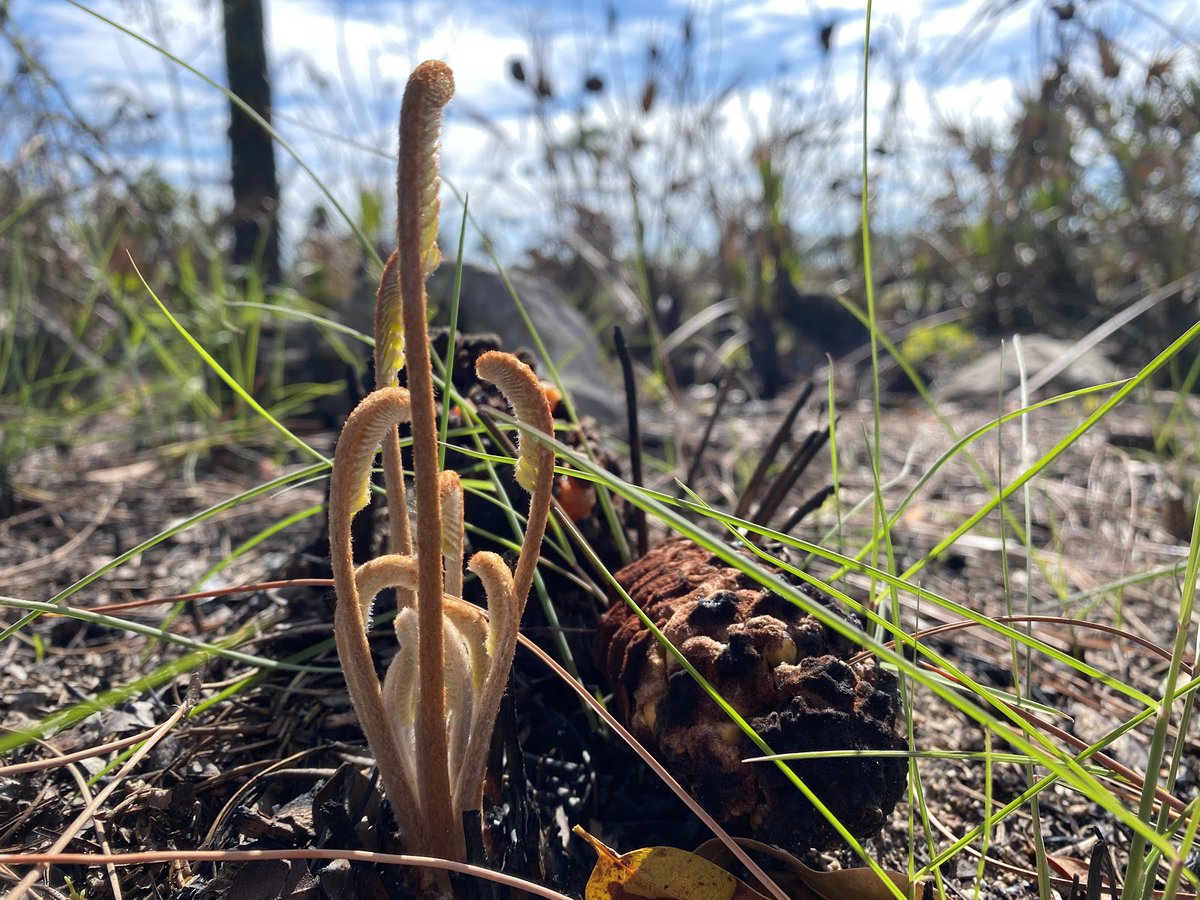
Wherever there were enslaved African Americans, there were people eager to escape. One such attempt in 1844 brought 7 freedom seekers in a sailing vessel through, what is today, Everglades National Park. 



Abolitionist Jonathan Walker smuggled 7 enslaved people from Pensacola to the Bahamas, a British colony at the time, where slavery had been abolished since 1834.
Following the coast southward, they rounded Cape Sable on the southwestern tip of the Florida peninsula.
Following the coast southward, they rounded Cape Sable on the southwestern tip of the Florida peninsula.
They moved past Sandy Key, Clive Key and Eagle Key in Florida Bay. Along the way, Walker fell ill & they ran low on water.
Walker intended to head NE thru today's Biscayne NP (@biscaynenps) to Cape Florida. From there, it would have been a relatively short trip to the Bahamas.
Walker intended to head NE thru today's Biscayne NP (@biscaynenps) to Cape Florida. From there, it would have been a relatively short trip to the Bahamas.
The story gets a little fuzzy at this point with contradictory info. The group was in need of provisions, especially water, but heading to the only lighted spot of land between Key West and St. Augustine would have been risky while transporting "stolen property."
At the time, there was a lightship on Carysfort Reef off Key Largo.
Reports say the group was about 15 miles from that location when they encountered two wrecking sloops. Walker needed water, and these boats offered help in getting to Cape Florida.
Reports say the group was about 15 miles from that location when they encountered two wrecking sloops. Walker needed water, and these boats offered help in getting to Cape Florida.
Did the captains of those boats know that a reward had been posted for Walker's capture and the return of the enslaved people? A white man with 7 black passengers and no other cargo aroused suspicions, and Walker was taken to Key West where their intent was revealed.
All 8 were returned to Pensacola, where Walker was tried and convicted. For the crime of "slave stealing," Walker was branded with a red hot iron, the letters "SS" permanently marked on the palm of his hand.
• • •
Missing some Tweet in this thread? You can try to
force a refresh




